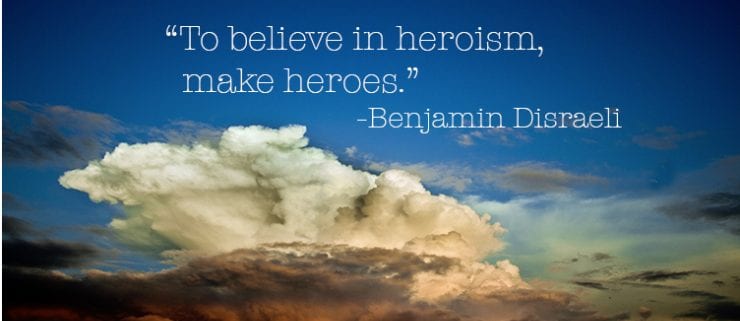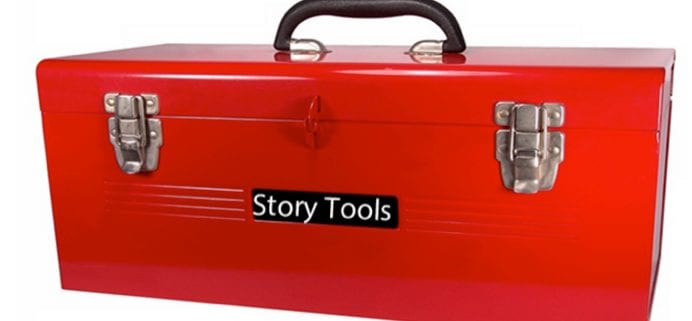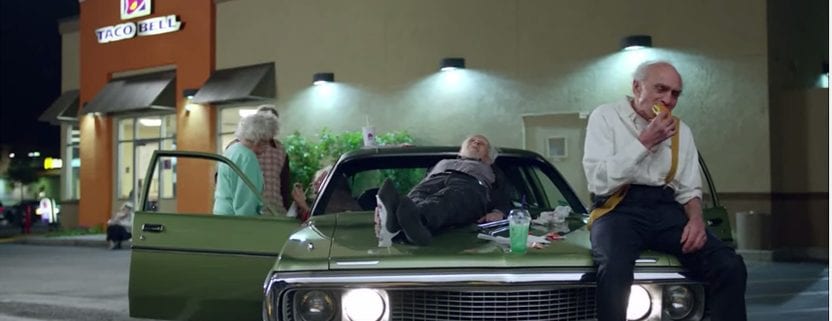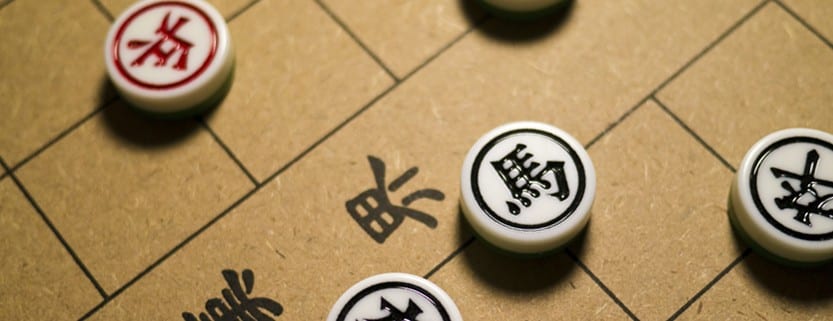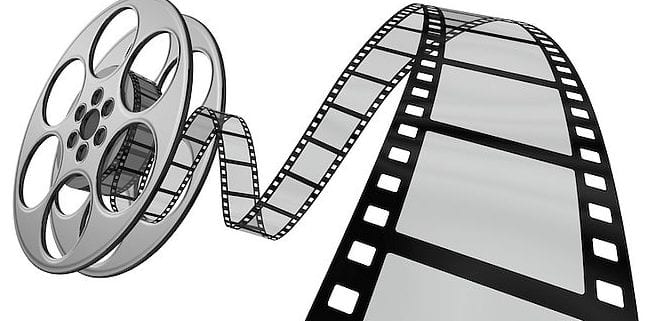
Business Storytelling Tip: “Burn The First Reel”
In the 30’s and 40’s, Frank Capra was one of this country’s most famous screenwriter/directors. In his memoir, The Name Above The Title, he recounts how he saved his award-winning movie, Lost Horizons, from dying a premature death.
“I ran up to the cutting rooms, took those blasted first two reels in my hot little hands, ran to the ever-burning big black incinerator—and threw them into the fire.”
This is how the expression “burn the first reel” originated. Translated, it means, cut out the fat from the beginning of your story.
“Burn the first reel,” is an important axiom when it comes to business storytelling.
When telling any kind of a story to friends, you will have a lot of freedom to add color through what you might think are interesting details. But the people sitting around a conference room table are far less accepting and far more impatient than they might be if you were telling the same story over a beer.
Some may disagree, but I believe that that business storytelling is the most challenging form of narrative. Because in addition addition to requiring good storytelling skils, it requires one to know how to strike the balance between too much and too little exposition.
Here are some suggestions for how to burn the first reel:
One of the biggest mistakes business storytellers make occurs when they open with an origin story or a story that describes how their business began. Too often the storyteller will get carried away by going into harrowing detail. Certainly, most audiences will be interested in learning how a company’s struggles were overcome to achieve success. However, they don’t want to struggle themselves to get there.
One way to avoid doing this is to use the “Now, Then, How” formula:
Instead of providing a long chronology of events that occured over time, the “Now, Then, How” formula can get to the heart of your story very quickly. Additionally, throughout the telling of this story you will hold your audience’s attention because their curiosity will be piqued.
Here’s an example of how to use it?
Now: “This is a headline that appeared in Accounting News last week. (Headline reads: “Dokes Accounting ranks highest in customer satisfaction”).
Then: “Twenty-five years ago, Mr. Dokes would have had a hardtime imagining this could be possible. You see, we’ve hadto learn a great deal through trial and error to get to wherewe are today. ”
How: One of those things we’ve learned is what I’d like to talk to you about today.
In just a few sentences you will have created a curious readiness for your audience to hear how and why Dokes does what it does.
This is not to suggest that adding a few flourishes to an origin story should be avoided at all cost. But if you’re going to go that route, it’s important that you keep detail down to a minimum. This is often a judgement call, but when in doubt, cut it out.
If you’re up for it, let me show you via this torturous example of an origin story along with some likely audience reactions. While reading this, you may think this is donen to exaggerate the point. But it is very similar in structure to an origin story I once heard given by a salesperson.
“I’d like to tell you the story about the idea that inspired Joe Kayser, to start the company I work for.
[AUDIENCE REACTION: A story? Why doesn’t he just get to the point? ].
Prior to 1989, Mr. Kayser had worked in quality control for a major widget manufacture. Every day he would stand over an assembly line looking for faulty widgets in order to make certain that anything that was out of spec was sent back to be re-processed. It was hard work, especially given the fact that so much of what was coming at him was faulty. He tells us that he often felt like the famous I Love Lucy scene where she’s put in charge of dipping chocolates – you know, the one where she can’t keep up and ends up eating the chocolates that she can’t dip (he models the scene as he talks about it). Ha Ha.
[AUDIENCE REACTION: This guy is trying too hard]
It got so bad that 30% of what Mr. Kayser was looking at had to be sent back or completely thrown out. This obviously cost the company he was working for a great deal of time and money. It didn’t take him too long to realize that most of the mistakes would start to occur after lunch and grow in numbers when shifts ended. So he went to his boss and said, “Bob (that was his boss’s name)
“Why don’t we give line workers 15 minute breaks every hour instead of at the regular two hour interval?”
Of course, Bob had to take Joe’s request up the line to his bosses, bossess, boss AND get it agreed to by the union. Ha Ha.
[AUDIENCE REACTION: How long is this story going to take?]
But months later, his suggestion was finally implemented. He was very excited to see his idea come to life. There was only one problem. His idea only reduced mistakes by a mere 2%. This became quite embarrassing for Joe. And now, going back to the old system of 15- minute breaks every 2 hours, the company had to keep the new 45 minutes on/15 minutes off procedure. Not giving up, Joe experimented with a number of alternatives until he came up with a process. For instance,
[AUDIENCE REACTION: “For Instance??” This guy is killing me!]
he tried …….. and FINALLY, he found a process that reduced mistakes down to 3% from 30%. And today, I’m going to show you how ……
[AUDIENCE REACTION: Wonder how I can get out of this meeting politely]
Let’s burn the first reel with this alternative to the same opening
In 1989 Joe Kayser made a discovery that became the inspiration behind what our company is today. As a quality control manager for a larger manufacturer of widgets, he experimented with a number of ways to reduce assembly line rejections until finally he discovered a way to reduce mistakes from 30% to 3%.
[AUDIENCE REACTION: That’s impressive. How? ]
The mistake he discovered may surprise you. It often does because it is so hidden.
[AUDIENCE REACTION: What’s the mistake?]
In addition to discovering this mistake, Mr. Kayser developed a process for correcting the problem. It’s a process that is now being used by the following companies and with these results
[AUDIENCE REACTION: I’m all ears]
Certainly an origin story can make for an engaging introduction to your presentation. However, unless you can use it to quickly get to the point, it could have an opposite effect on your audience.
Keep in mind that THE most important point of any presentation is “what’s in it for them.” There’s nothing wrong, and everything right about using a story to help you set up that point. But if you make your audience wait too long to get there, it’s likely that the only point you’ll reach is one with the one with no return.



